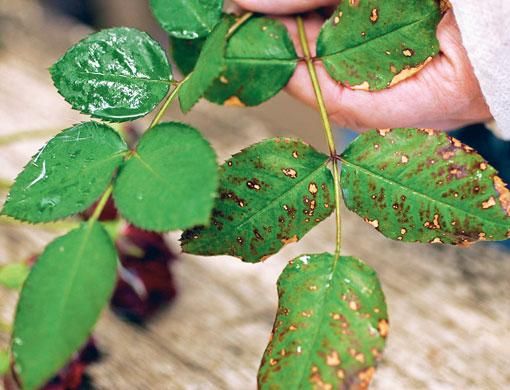Pahala, Hawaii: Leafless monkey pod and browning Norfolk pine trees litter Ted Seaman's nursery in the small town of Pahala on the southern edge of Hawaii's largest island.
At fault are the noxious fumes that have been pouring out of the Kilauea volcano in unprecedented volumes since last spring.
"You can only go so far before you say forget it," said Seaman, who has since taken a job trimming trees. The 53-year-old is focused on saving enough money to file for bankruptcy.
Sulphur dioxide from the volcano has wiped out multiple small farms and nurseries in the nearby largely rural district of Kau.
The gas, which creates volcanic smog when mixed with sunlight and air, threatens the viability of some flower and vegetable crops. Roses, sunflowers, protea, lettuce, tomatoes and even medical marijuana are hurt by the smog.
Many farmers are desperately hoping government grants or other financial help will save their farms. But the recession has depressed state tax revenues, and Hawaii has little money to help farmers. The governor has already slashed budgets for schools, mental health treatment and other vital programs.
Sulphur dioxide is not new on the Big Island, where Kilauea has been erupting continuously since 1983. But last March, the volcano began releasing two to four times more sulphur dioxide, and a second, simultaneous eruption began at the summit's Halemaumau crater.
Sulphur dioxide volumes have reached levels unseen since scientists began keeping data in 1979.
Claudia McCall's farm, which is tucked into a valley north of Pahala, has slashed production by 75 per cent and lost $1 million since the volcanic smog - or vog - started enveloping her plants last spring.
The McCall Flower Farm now only plants limited varieties, like Peruvian lilies, that have withstood the vog. They've also started planting coffee - which seems to grow OK even amid vog - but those trees won't produce their first crop for three years.
The federal and state governments have offered farmers low-interest loans. But many aren't interested in taking on more debt, especially with the vog still blowing in.
Seaman said the federal Farm Service Agency last summer offered to lend him more than $65,000 if he built 'vog-proof' greenhouses equipped with air filters. But Seaman said the funds wouldn't have covered all his equipment costs.
"I just couldn't bring myself to do it. I don't want to put good money after bad," Seaman said. "It didn't make sense."













